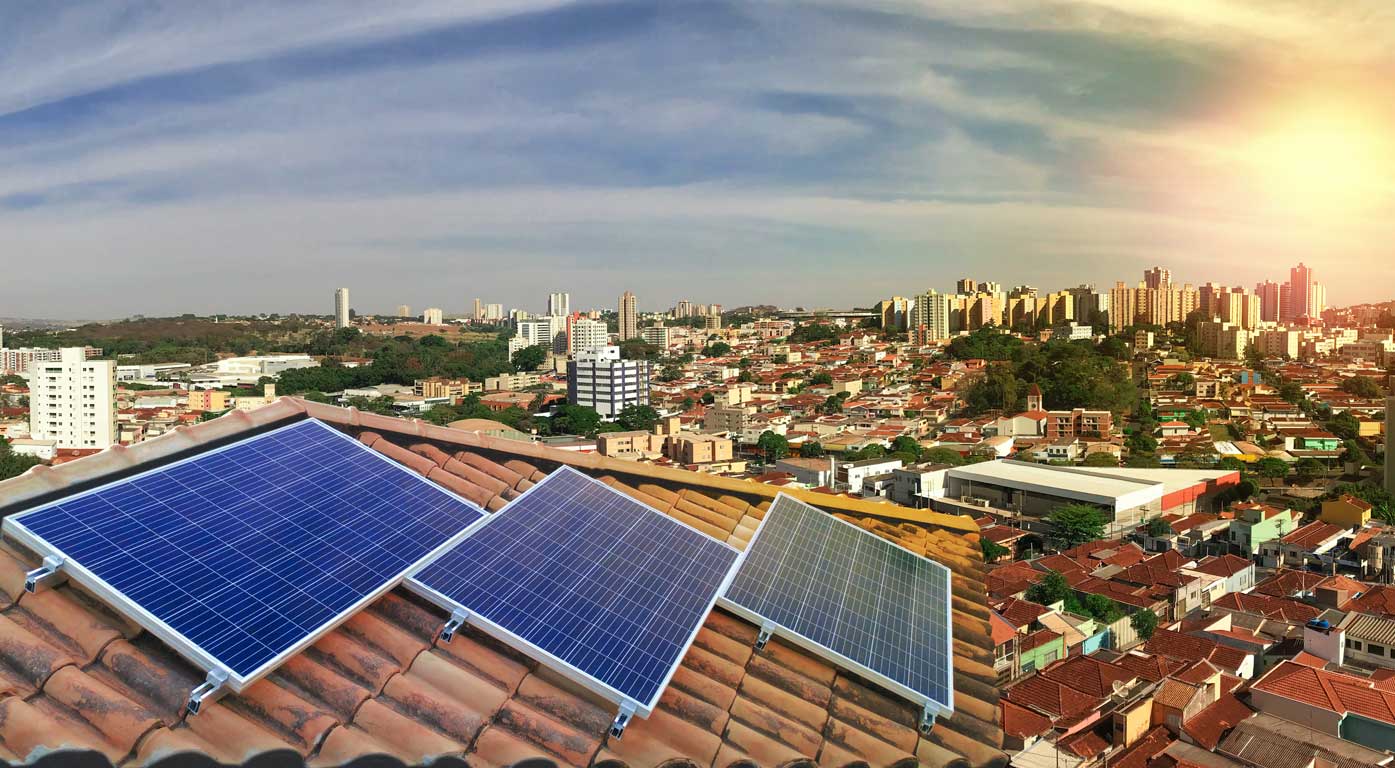Summary
The evolve DER project aims to increase the network hosting capacity of distributed energy resources (DER) by maximising their participation in energy, ancillary and network service markets, while ensuring the secure technical limits of the electricity networks are not breached.
Key results
- Based on 2020 data, the study found that 51% of consumers with solar on the two LV substations studied exceeded the hosting capacity limits.
- Using physical curtailment based on the hosting capacity value would reduce total generation export at the transformer by 15-20%. Such a radical reduction in generation output highlights the very conservative restrictions that result from fixed physical curtailment.
- Using operating envelopes allows achieving an increase in the net energy export through each transformer and reduces energy export loss due to fixed curtailment.
- Both monthly and 30-minute dynamic operating envelopes result in greater energy export than fixed curtailment, whilst still ensuring that physical and operational network limits are not breached. Thirty-minute dynamic operating envelopes unlock greater energy export than monthly dynamic operating envelopes.
- One of the main advantages of dynamic operating envelopes is that they do not limit the allowed size of the installed solar PV. Using this feature of DOEs, a customer may install a large solar PV system, taking advantage of the extra solar generated throughout the day by ‘filling’ the dynamic operating envelope.
Learn more
How the project works
The evolve DER project by Zeppelin Bend is a collaboration between industry, academia and government. It has a strong focus on the development of working software systems that will be integrated with the operational technologies used by distribution networks, and the systems used by aggregators to manage DER under their control. Through multiple demonstrations and trials, the evolve project will develop new algorithms and capabilities to identify and ease congestion within the distribution network. This will be achieved through the calculation and publication of operating envelopes for all DER connected to the distribution network.
Area of innovation
The primary innovation of the evolve project will be to demonstrate scalable capabilities and systems for coordinating DER throughout the distribution network. These capabilities are important for the development the Distribution System Operator (DSO) function within the electricity system. To support this, advances in data ingestion, forecasting and analysis will be demonstrated so the solution can be deployed in practical terms.
Benefit
The evolve project will show how more customers can connect solar PV and storage to the distribution network. This could mean that envisaged limitations of DER connection to electricity networks will be relaxed. In future, the evolve project could also support increased uptake of electric vehicles without major investment in the network poles and wires. Ultimately, this project will develop technologies that will allow distribution networks to evolve with the changing mix of renewables and DER.









